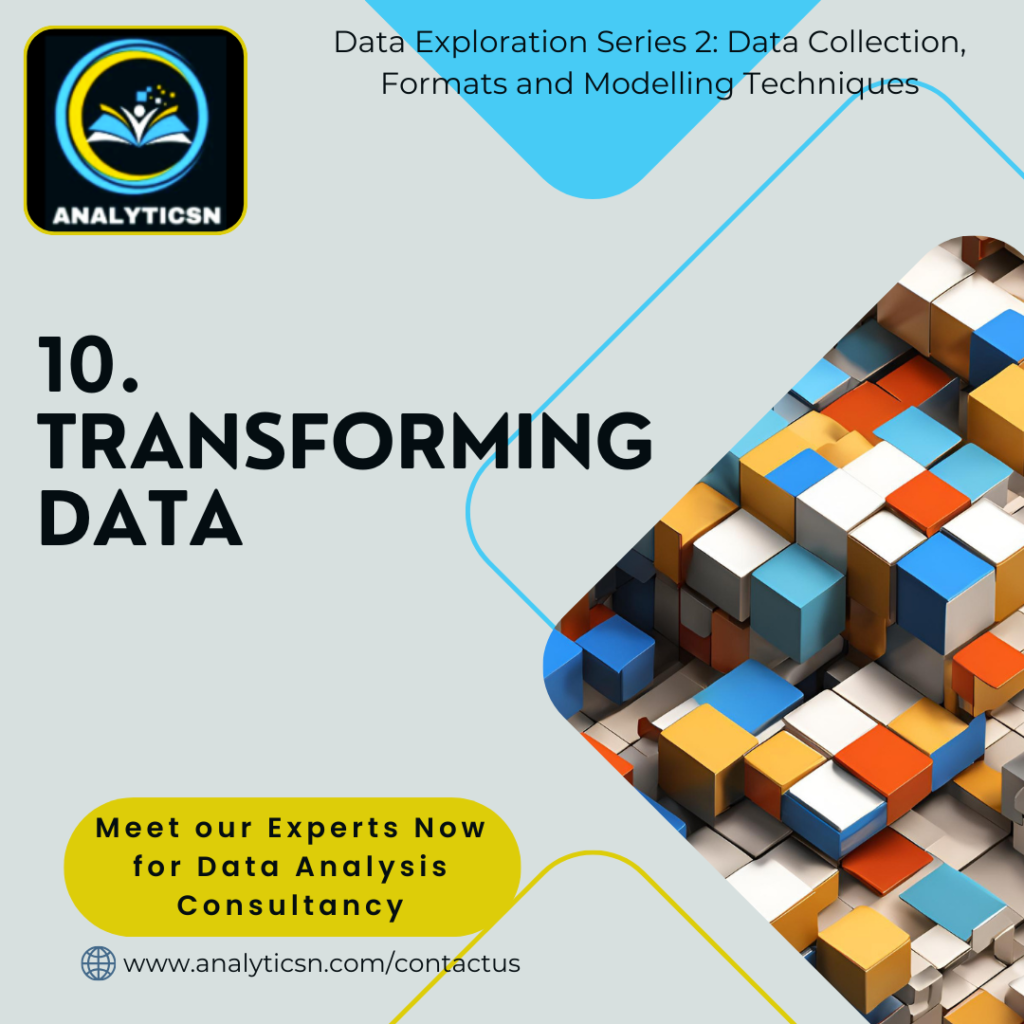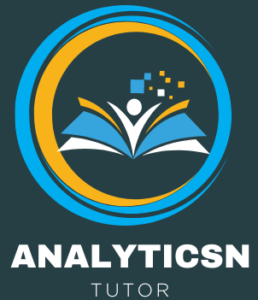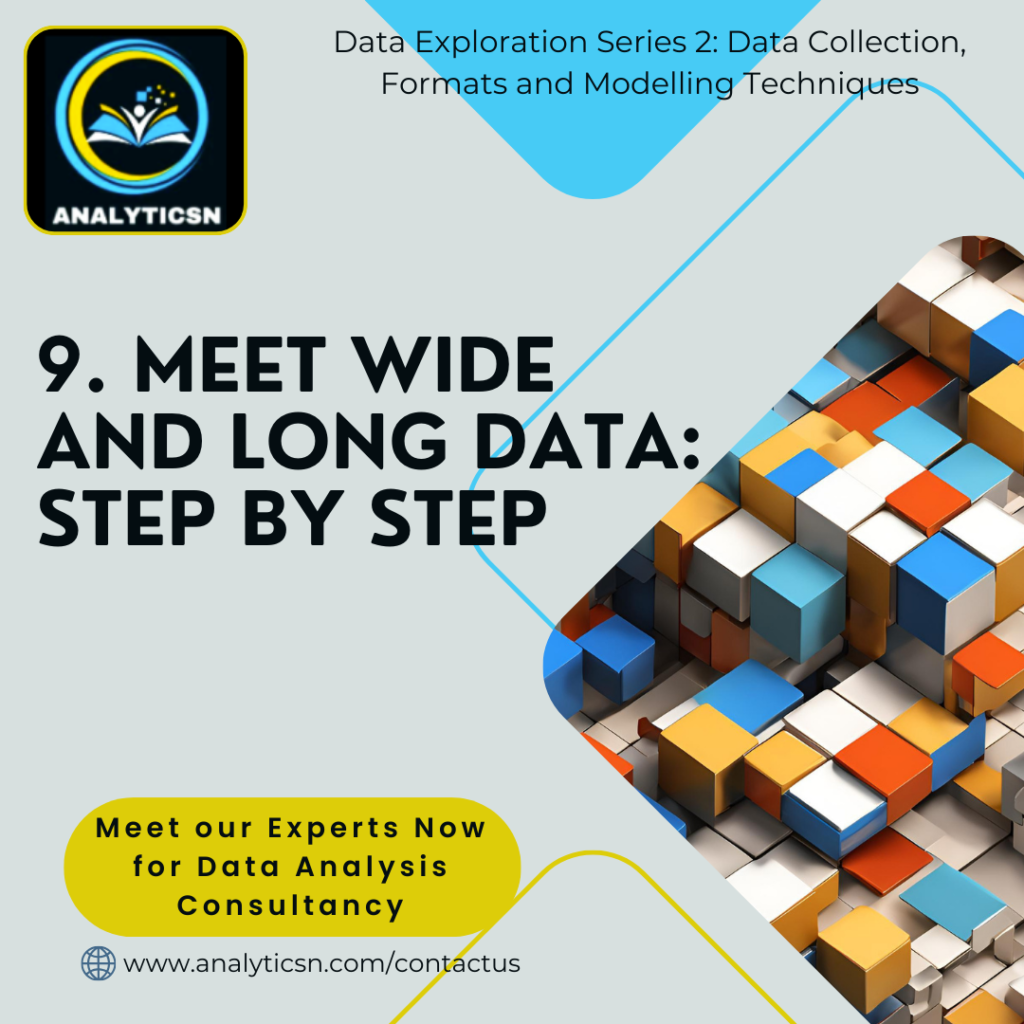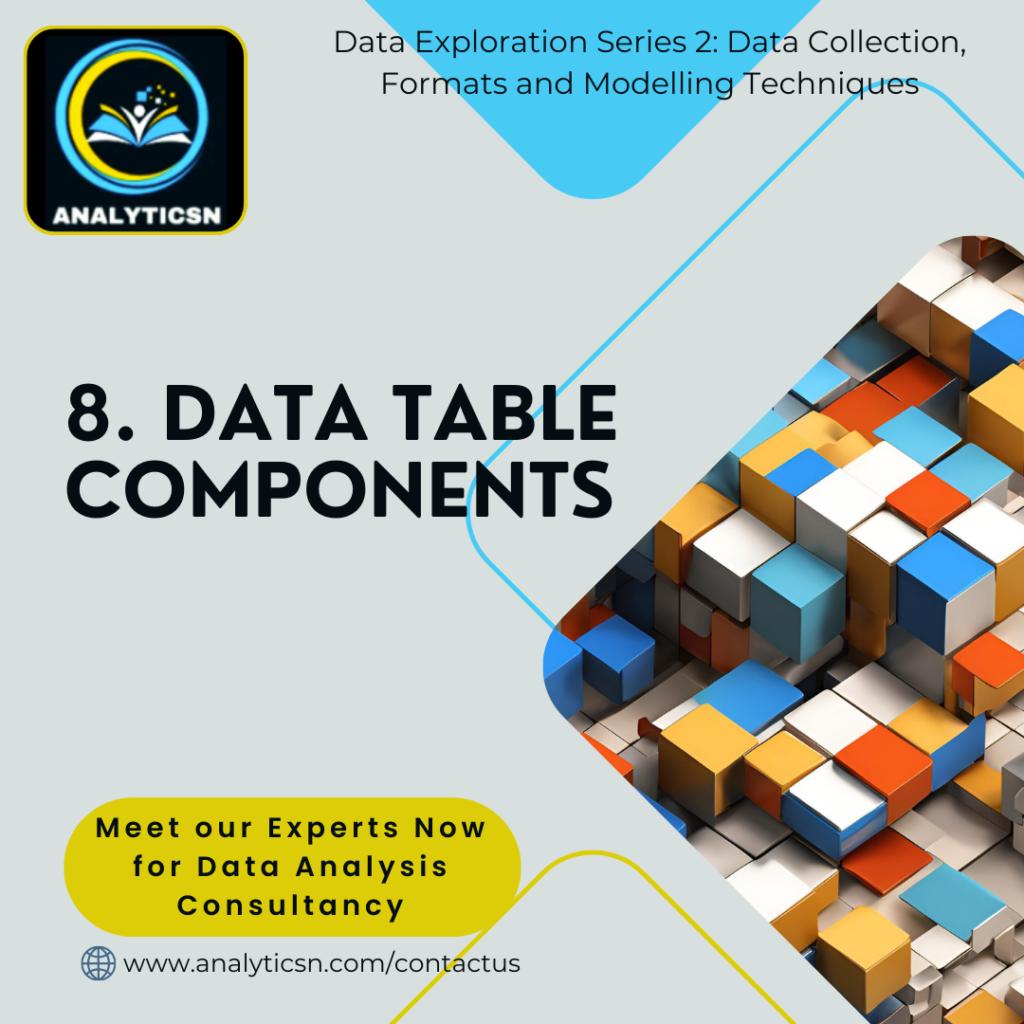
Tableau
There are many different visualization tools available i.e. to create a dashboard. One of the most powerful is Tableau, which supports a range of data sources and has advanced analytics capabilities that allow for in-depth exploration of data trends and patterns. Tableau can handle more data and larger datasets than many other tools and offers real-time data availability.
Learning to use Tableau takes some time, but your efforts can be well-rewarded, as Tableau visualizations are pleasantly interactive. For a dashboard to be successful, it needs to engage users and help them learn. Tableau has put in a lot of effort to ensure that its users have a great experience and the platform is accessible to everyone.
Create a dashboard
Here’s a process you can follow to create a dashboard, whether in Tableau or another visualization tool:
1. Identify the stakeholders who need to see the data and how they will use it
Begin by asking effective questions. Check out this dashboard requirements gathering worksheet to explore a wide range of good questions you can use to identify relevant stakeholders and their data needs. This is a great resource to help guide you through this process again and again.
2. Design the dashboard (what should be displayed)
Use these tips to help make your dashboard design clear and easy to follow:
Use a clear header to label the information.
Add short text descriptions to each visualization.
Show the most important information at the top.
3. Create mock-ups if desired
A mockup is a simple draft of a visualization used for planning a dashboard and evaluating its progress. This is optional, but a lot of data analysts like to sketch out their dashboards before creating them.
4. Select the visualizations
You have a lot of options here. Which visualizations you select depends on the data story you are telling. If you need to show a change in values over time, line charts or bar graphs might be the best choice. If your goal is to show how each part contributes to the whole amount being reported, a pie or donut chart is probably a better choice.
Two pie charts show an even distribution of 4 parts of a whole. The first pie chart is more traditional, appearing as a solid circle. The second pie chart is styled to show the same data in a doughnut shape.
To learn more about choosing the right visualizations, check out Tableau’s galleries:
For more samples of area charts, column charts, and other visualizations, visit the Tableau Dashboard Showcase. This gallery is full of great examples that were created using real data; explore this resource on your own to get some inspiration.
Explore Tableau’s Viz of the Day to check out visualizations curated by the community. These are visualizations created by Tableau users and are a great way to learn more about how other data analysts are using data visualization tools.
5. Create filters as needed
Filters show certain data while hiding the rest of the data in a dashboard. This can be a big help to identify patterns while keeping the original data intact. It’s common for data analysts to use and share the same dashboard, but manage their part of it with a filter. To dig deeper into filters and find an example of filters in action, visit Tableau’s page on Filter Actions. This is a useful resource to save and come back to when you start practicing using filters in Tableau on your own.
Key takeaways
Just like how the dashboard on an airplane shows the pilot their flight path, your dashboard does the same for your stakeholders. It helps them navigate the path of a project inside the data. If you add clear markers and highlight important points on your dashboard, users will understand where your data story is headed. Then, you can work together to make sure the business gets where it needs to go.
In our other article, you were introduced to the data management tool known as a dashboard. In this self-reflection, you’ll examine different kinds of dashboards and consider how they are used by data analysts and their employers. As a refresher, a dashboard is a single point of access for managing a business’s information. It allows analysts to pull key information from data in a quick review by visualizing the data in a way that makes findings easy to understand. This self-reflection will help you develop insights into your own learning and prepare you to connect your knowledge of dashboards to what you know about business needs. As you answer questions—and come up with questions of your own—you will consider concepts, practices, and principles to help refine your understanding and reinforce your learning. You’ve done the hard work, so make sure to get the most out of it: This reflection will help your knowledge stick!
More Articles

10. A Secret to Data Transformation
What is data transformation? A woman presenting data, a hand holding a medal, two people chatting, a ship’s wheel being...
Learn More >

